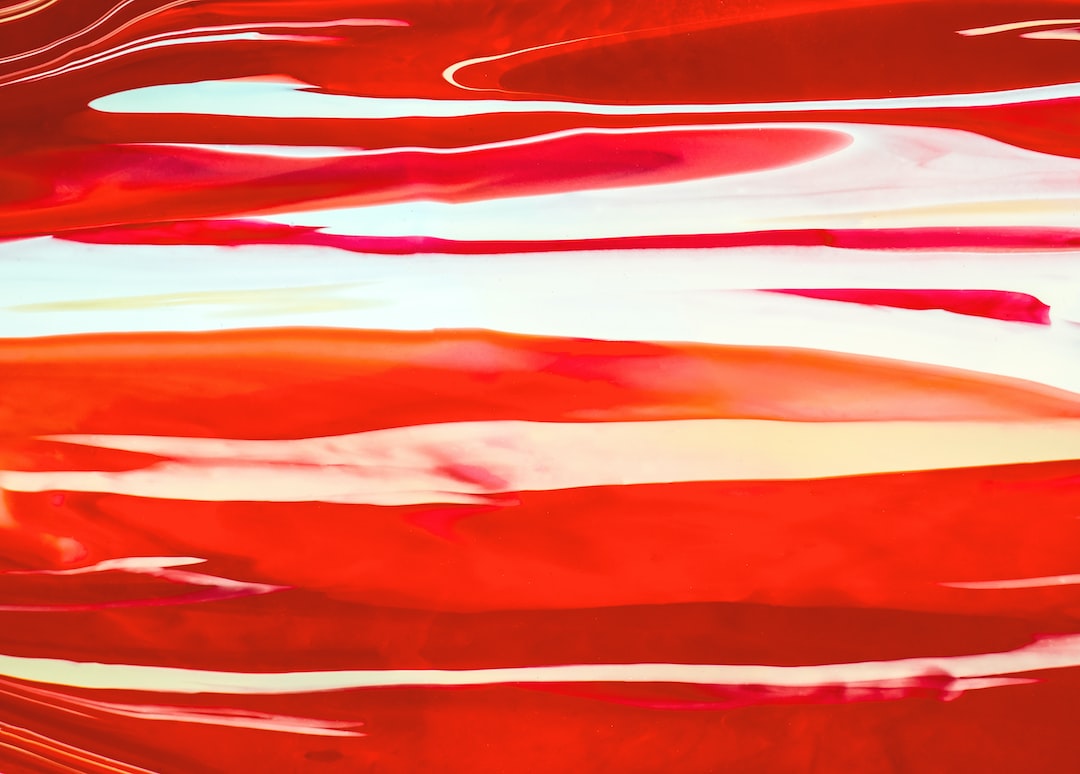The Legacy of Female Artists: Overcoming Barriers in a Male-Dominated World
Throughout history, female artists have faced numerous challenges and barriers, striving to make their mark in a predominantly male-dominated art world. Despite the odds stacked against them, these remarkable women have left a significant legacy that continues to inspire and pave the way for future generations of artists.
For centuries, women have been underrepresented in the art world, with their talents often overlooked or dismissed. The male-dominated society of the past placed women in roles as muses or subjects of artwork rather than creators, limiting their opportunities for self-expression. However, brave women artists refused to be silenced and set out to break these barriers.
One of the notable pioneers of female artists was Artemisia Gentileschi, an Italian Baroque painter of the 17th century. Gentileschi defied societal norms, pursuing her passion for painting despite facing numerous obstacles. Her talent was exceptional, and she became the first woman to be admitted to the prestigious Accademia di Arte del Disegno in Florence. Gentileschi’s works depicted powerful and captivating female figures, often showcasing themes of justice and strength. Her art challenged the male gaze prevalent at the time and left an indelible mark on the art world.
Fast forward to the 20th century, and we find the groundbreaking work of Mexican artist Frida Kahlo. Kahlo’s artistic journey was marked by immense pain and personal struggles, yet she managed to create some of the most iconic and influential artworks of her time. Kahlo’s self-portraits explored themes of identity, gender, and the female experience, providing a perspective rarely seen in art history. Through her artwork, she shattered societal norms and gave voice to the female experience, leaving an enduring legacy for generations of artists to come.
The obstacles faced by female artists are not limited to the past; they continue to persist today. However, more women are rising above these barriers and making their mark in the art world. One such contemporary artist is Yayoi Kusama. Known for her infinity mirror rooms and her bold use of polka dots, Kusama has become one of the most recognizable and celebrated artists of our time. Despite a challenging start and a patriarchal society that initially dismissed her work, Kusama made her presence felt through her unique artistic vision and undeniable talent. She has inspired countless artists, both male and female, and encouraged a more inclusive and diverse art landscape.
The legacy left by female artists is not just about their remarkable artworks; it also lies in the inspiration and opportunities they provide for aspiring artists. The establishment of organizations like the Guerrilla Girls and the Women’s Art Movement have furthered the cause of female artists by advocating for equal representation and recognition. These platforms have created spaces where female artists can exhibit their work, collaborate, and support one another, fostering a sense of community and empowerment.
It is crucial to acknowledge and celebrate the contributions of female artists, past and present, as their influence is far-reaching and significant. By embracing their accomplishments, we can encourage more women to pursue their artistic passions without fear of discrimination or bias.
The art world has come a long way in breaking down barriers that hinder female artists, but there is still work to be done. It is essential to challenge the outdated stereotypes and expectations that limit women’s artistic expression. By valuing and amplifying the voices of female artists, we can create a more inclusive and diverse art world that reflects the experiences and perspectives of all.
In conclusion, the legacy of female artists is a testament to the resilience, creativity, and determination of women throughout history. From Artemisia Gentileschi to Frida Kahlo and Yayoi Kusama, these remarkable women have broken through barriers and paved the way for future generations of artists. By celebrating their accomplishments and creating more opportunities for female artists, we can continue to overcome the barriers of a male-dominated world and truly create a more equal and diverse art landscape.
